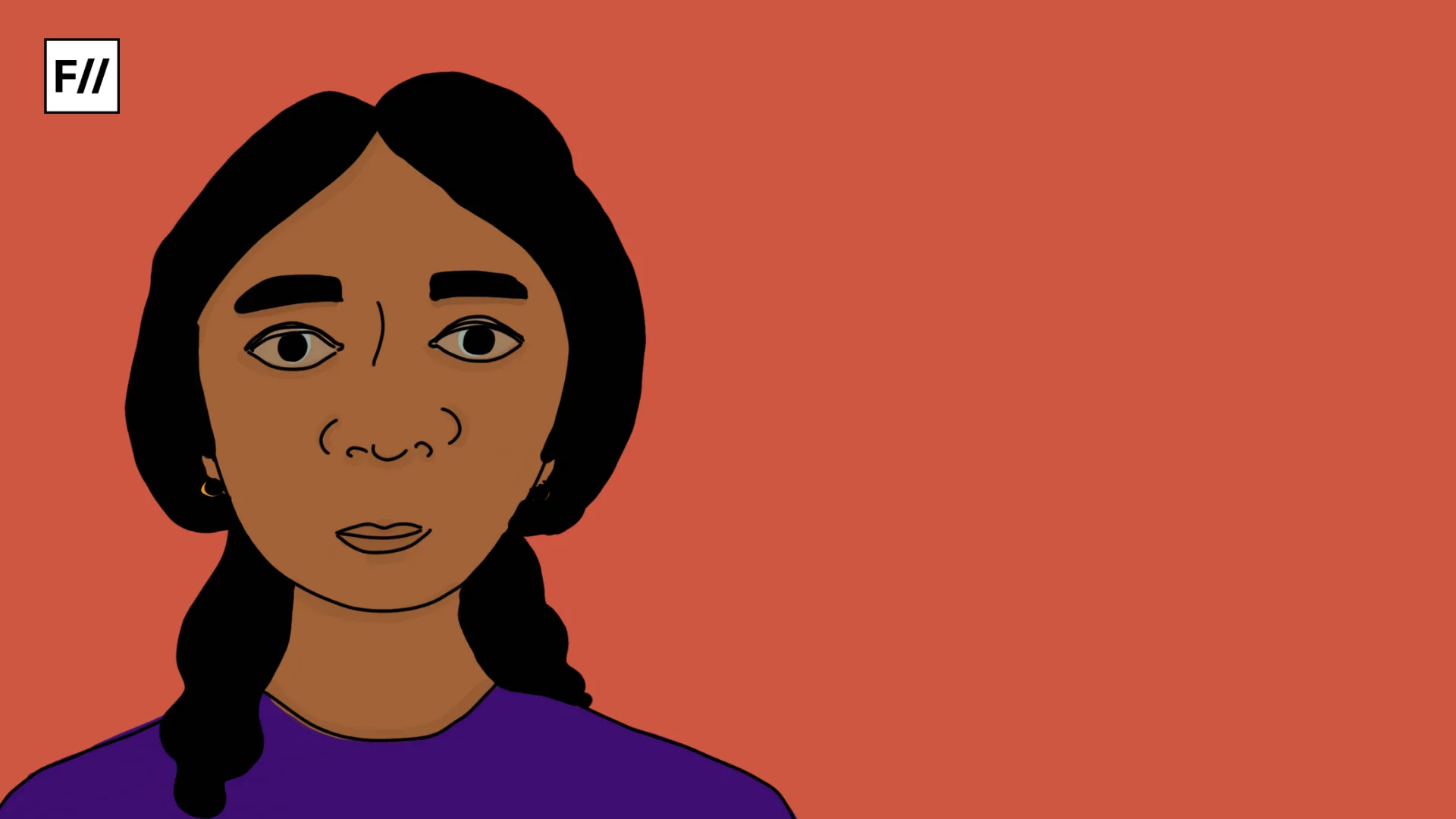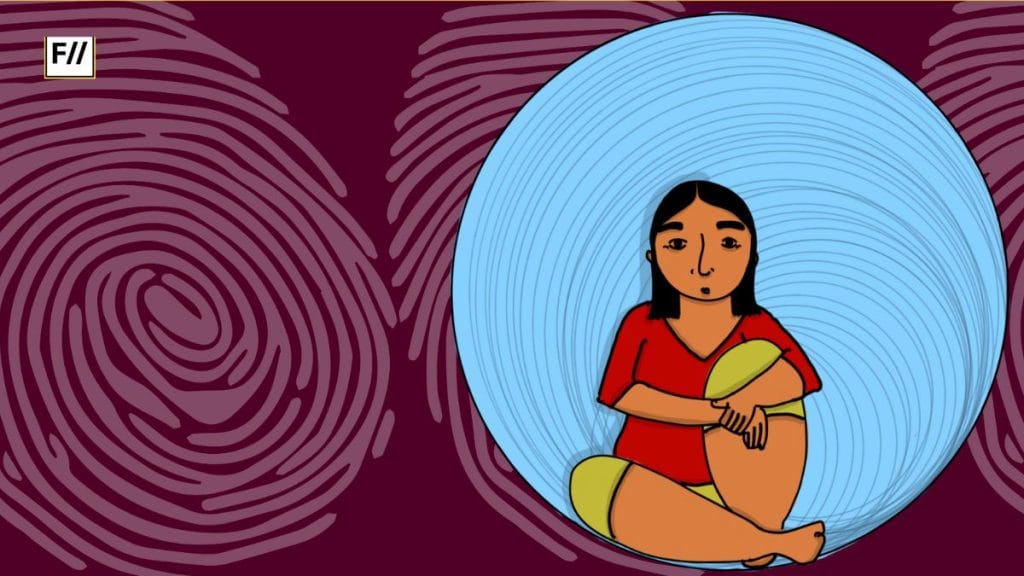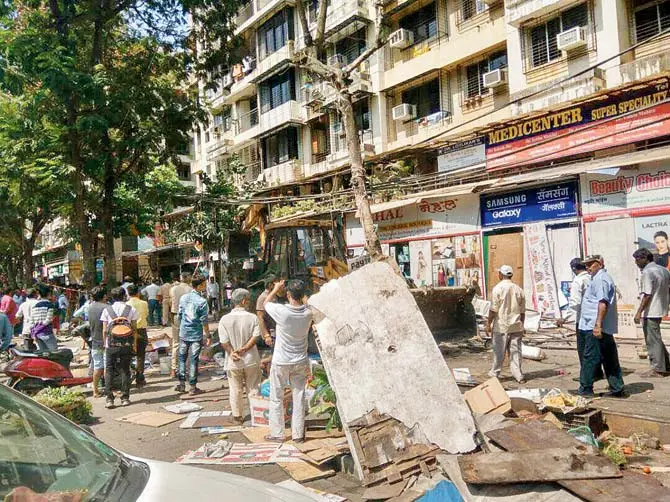Bogori, a tribal village on the banks of the Brahmaputra, is home to Madhobi Doley, who is two months pregnant. It should have been a moment of relief for her, but instead, she feels anxious. A miscarriage occurred last year when she was three months pregnant. It wasn’t fate, she says, but exhaustion.
A miscarriage occurred last year when she was three months pregnant. It wasn’t fate, she says, but exhaustion.
‘Women like us do not have the luxury of rest. Working in the fields, cutting wood, cooking, and managing our household are all part of our daily routines. Who will do it if I do not? My husband does his best, but it is not enough. Pregnancy does not change this,‘ Madhobi says, sitting outside her bamboo house.
In spite of the loss she suffered last year, she is carrying another child. ‘It was my choice last time. This time, it is a matter of pressure.‘
Despite having complications during her previous pregnancy, she continued to work. ‘We require firewood for cooking. The kitchen will stop if I stop. You cannot rest during pregnancy,’ she asserts.
‘When women suffer from complications during pregnancy, they are advised to rest. But how do you explain that to a tribal woman? It will just make her laugh. Here, there is no such thing as rest.’ she says.
There is no pharmacy in her village. For a medical checkup, she must travel 15 km to Dhakuakhana town, the sub-divisional center. Even basic healthcare is beyond her reach.
As the flood season approaches, her fears are growing. ‘As soon as the roads disappear, boats become the only means of transportation. If I require urgent medical care, will I survive the wait?‘
Water levels rising in the village are not uncommon. The Brahmaputra swallows homes, roads, and fields every year.
Water levels rising in the village are not uncommon. The Brahmaputra swallows homes, roads, and fields every year. ‘During the last monsoon, the hospital was inaccessible for days. Pregnant women had to wait for the waters to recede before giving birth. For some, it was already too late.’
‘Rest is a luxury for tribal women‘
Nalini Doley, an ASHA worker in Mowkhowa village, a flood-prone tribal village, has seen the cycle Madhobi mentions. ‘The biggest problem in our villages is the lack of rest for women. They work until the day they give birth. It is the women who cut wood, fetch water, cook, and take care of the entire family here. Everything will collapse if they slow down.’
‘There are no proper medical facilities in the area. When complications arise, they rely on jaar-phook (village medicine), which does not have a scientific basis. Women have lost babies because they believed in rituals rather than hospitals.‘
She believes the lack of urgency toward maternal health stems from long-held beliefs. ‘For generations, women have given birth in paddy fields during emergencies. Our elders say, ‘If that was sufficient back then, why do we need hospitals today?’ This mindset has remained unchanged.’
Nalini has often had to take pregnant women on boats to civil hospitals in the middle of the night.
Nalini has often had to take pregnant women on boats to civil hospitals in the middle of the night. ‘There have been times when we reached the ghat, but the boats did not run at night. With a woman in labor, we had to wait until morning, hoping she would not give birth on the spot.’
‘If we had good hospitals, I would not have to send women 70 kilometers away‘
Pitihiyal, another flood-prone village in the Dhakuakhana subdivision of Assam, where most women are Scheduled Castes, has been plagued by lack of health care.
Purabi Hazarika, an ASHA worker covering the village, says the civil hospital lacks everything. ‘When complications arise, I have to send women to Dibrugarh town, which is 70 kilometers away. Some won’t make it, but what other option do I have?‘
Even though Dhakuakhana is flood-affected, medical infrastructure has not been prioritised. ‘Floods destroy roads, homes, and land every year. What people don’t realise is that it also removes access to healthcare. Pregnant women are left stranded.‘
Purabi’s biggest concern is the lack of institutional deliveries. ‘When every woman gives birth in a hospital, I will consider it progress. Until then, all talk of development is a farce.’
Like Bogori village, her village also lacks a pharmacy. ‘People have died due to a lack of basic medicine. For something as simple as iron tablets, women must travel 30 kilometers. Can you imagine how dangerous that is when you’re pregnant?‘
‘For years, we have lived with floods, distance, and ignorance. But when a mother’s life is at stake, it’s no longer just an inconvenience.’
She also raises concerns about abortion access. There is limited space for unmarried women at the Dhakuakhana civil hospital, which provides abortion services.
She also raises concerns about abortion access. There is limited space for unmarried women at the Dhakuakhana civil hospital, which provides abortion services. ‘When a young girl seeks an abortion, she is met with stares and judgment. In most cases, they do not even attempt it. As a result, they turn to unsafe alternatives.’
A system that exists only on paper
Assam has several government programs designed to assist women like Madhobi, but these programs are inaccessible on the ground. Cash incentives are provided for institutional deliveries under the Janani Suraksha Yojana (JSY).

However, Madhobi says women in her village barely know about these programs.’Most people don’t even know what they are eligible for. Some fill out forms, but there are no updates for months. The system doesn’t reach them.‘
About the author(s)
Bishnu is currently studying MA in Communication at the University of Hyderabad. He is an alumna of the Indian Institute of Mass Communication, New Delhi.








